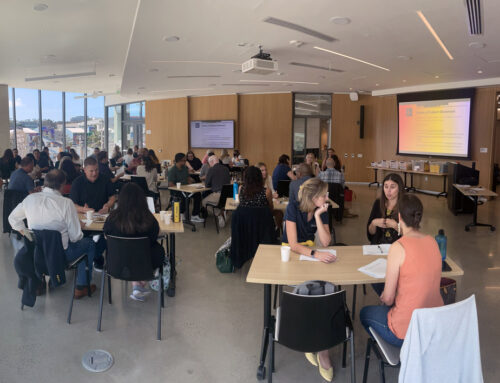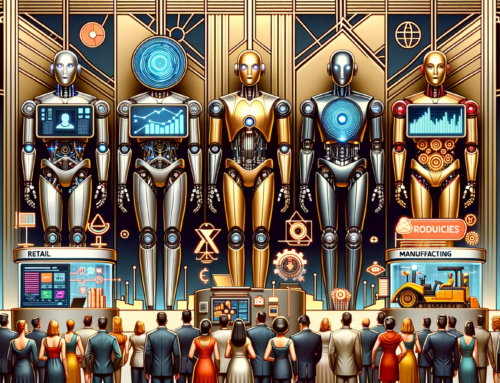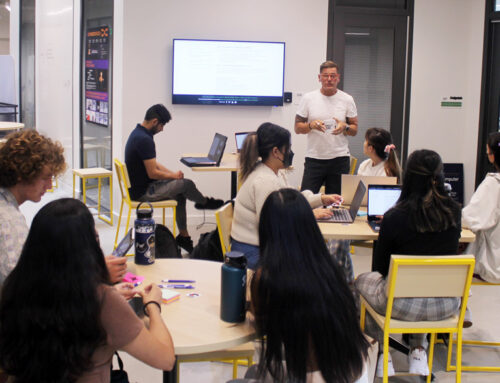Groups of motivated people can solve any problem, even how to mitigate wildfires in California.
PREFACE
During fire season in California, it’s become the norm to see front-page images of apocalyptic wildfires. A century of efforts suppressing wildfires has created a dangerous accumulation of flammable vegetation on landscapes, contributing to megafires that risk human life and property and can permanently destroy ecosystems.
The San Diego Supercomputer Center (SDSC) has garnered a national reputation as a leader in high-performance data-intensive computing and cyberinfrastructure since its inception in 1985. The WIFIRE Lab at SDSC has been working with researchers and emergency management professionals to meet the growing hazard monitoring and response needs. From data collection to modeling efforts to interfaces for operational use, the SDSC and WIFIRE use science and technology to make a positive impact.
COMPLICATION
In a wildfire, it is the vegetation that burns. It is counterintuitive, but a decades-long wildfire suppression policy has created a wildfire deficit that increases the risk of severe wildfires during fire season because of an accumulation of fuels.
In January 2022, US Agriculture Secretary Tom Vilsack and Forest Service Chief Randy Moore announced a 10-year strategy to confront the nation’s wildfire crisis. Proactive wildfire risk mitigation is at the heart of the design, focusing on a plan to increase the West’s fuels and forest health treatments by up to four times the current levels.

Prescribed burns – the controlled use of fire under specified weather conditions to benefit ecosystems – have proven to be an essential fuel treatment approach because they reduce the future risk of uncontrollable and highly destructive wildfires by reducing dangerous fuel loads. In 2020, thousands of firefighters risked their lives to fight wildfires that swept across 10 million acres in the western US, killing dozens of people, destroying 10,000 structures, and causing $15 billion in property damage. The 2019-2020 fire season in Australia was a warning that the problem could worsen worldwide, burning almost 50 million acres, driving some species to extinction, and emitting 300 million tons of CO2 into our global atmosphere.
Nature needs good fire in fire-adapted ecosystems to thrive. Putting these ecosystems back into balance requires essential policy shifts and public understanding of the role of wildfires.
As wildfire mitigation efforts increase, all stakeholders must understand the role of prescribed fire in reducing the risk of damaging wildfires. With this understanding, we, as a community, may be able to mitigate wildfires successfully.
COLLABORATION
The SDSC and WIFIRE collaborated with Design Lab to better understand the key performance metrics (KPIs): How might we help people in the community learn more about prescribed burns vs. uncontrollable megafires to increase understanding of wildfire deficit, reduce fear of prescribed fires, and improve public acceptance of prescribed fires.
Melissa Floca, Director of Strategic Partnerships for SDSC, added, “We worked with the Design Lab on this project because we knew that their expertise would allow us to create a design challenge that would result in concept designs for physical or virtual installations that will increase public understanding and acceptance of prescribed burns as an important tool for ending devastating megafires.“

The Design Lab produced a multi-day event for UCSD students, faculty, and subject matter experts to generate new ideas that increase what people know about wildfire deficit, reduce the fear children, families, and seniors have about prescribed fires, and improve the public’s acceptance of the activities necessary to manage wildfires better.
The “design-a-thon,” titled Mindshifts on Megafires, invites UC San Diego students from all disciplines and experience levels into an “innovation funnel,” which applies the Design Thinking process to generate potential solutions to end destructive wildfires.

Teams creating the ideas that show the most significant potential will be offered access to a summer internship program to prototype their designs.
Kevin Popovic, Program Designer for Design Lab, explains why the innovation funnel works. “An innovation funnel facilitates the things that need to happen for a group of people to generate new ideas that solve a problem. First, they need to LEARN about the challenge and what’s been done – so far – to solve it. Next, they have to WORK together in a design thinking workshop to learn how people like them can identify a problem and create a solution quickly. This teaches a repeatable process and provides the confidence for people with little experience to move forward. By identifying groups of like-minded people, they can collaborate to DEVELOP an idea to solve the problem they see and develop a prototype that demonstrates their solution. In the end, all teams are invited to PRESENT the thinking behind their solutions to help experts evaluate how the new idea can impact the problem.“
RESULTS
Over 180 students registered their interest in the design-a-thon via email, and more than 120 attended the LEARN event. More than 90 students participated in the WORKshop, forming 23 teams of multi-disciplined students to DEVELOP unique solutions. Seven teams will be able to continue working on their proposed projects during a summer internship.
Each team submitted their ideas for evaluation to generate quantitative and qualitative feedback. Teams displayed posters and prototypes to subject matter experts during the Design@Large session on Climate Risk Reduction and Technology.
According to Ilkay Altintas, Chief Data Science Officer and the Founding Director of the WIFIRE Lab at the San Diego Supercomputer Center, UCSD, “We were amazed by the creativity and productivity of all the teams that participated in the design-a-thon and look forward to continuing to work with teams to build their ideas into functional prototypes.”
Contact The Idea Guy to learn about Design-a-thons and how we help create new ideas.




